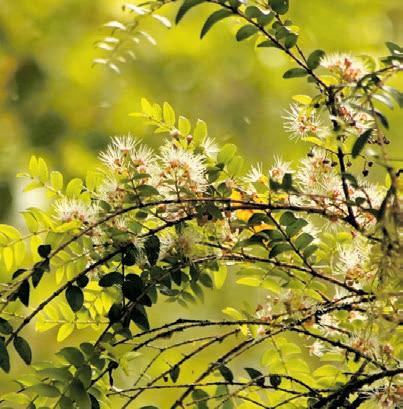
3 minute read
Extra
Do you prefer red or white?
Dear friends, One of the wineries in Wairarapa used to have a t-shirt for sale that we found rather witty. Their brand was on the back and on the front there was only plain text that said “We’re dreaming of a white Christmas, but if the white runs out we’ll drink the red”. Ha!
It made us laugh too and also think about two trees in our reserve that are red or white and that we’re hoping won’t ‘run out’ and will be around for a long time yet. Many people have heard of red rātā, but did you know white rātā exists too?
Appropriate colours for Christmas. Maybe we could be a back-up option for Santa if the north pole continues to melt due to climate change? After all, pōhutukawa and red rātā – when they’re in bloom over Summer – are commonly referred to as New Zealand’s native Christmas trees because of their beautiful bright red flowers.
They can look very similar, and one almost feels like a botanist trying to tell them apart. The best way to distinguish them is through their leaves. Pōhutukawa have leaves which are larger, darker, and often have slightly rolled edges. Their underside has fine white hairs. Some rātā leaves may be glossy on both sides and have a notch at their tip.
Overall, there are six species of rātā vine, three species of rātā tree and a species of shrub.
The red rātā in our reserve start out as tiny vines that begin to slowly
White rata in Pukaha National Wildlife Centre. PHOTO/TARA SWAN
grow over neighbouring trees and shrubs. After many years the rātā eventually suffocate the host tree and take it over becoming trees themselves.
Some of the red rātā in our forest would be over 500 years old and while it’s unclear exactly what their life expectancy is, it’s thought to be around 1000 years. The white rātā in our forest start out as vines and stay that way their whole life – they don’t turn into trees. Their white flowers smell amazing and their nectar attracts native bees. Geckos, and some native birds such as tui and bellbirds also like to get their brush-like tongues deep into the flowers in search of nature’s sweetness.
The best news is that because we have both red and white rātā, you won’t need to choose one over the other. Look out for flowering in our reserve from November to February. The smells and colours will delight you.
Leaf you to it,
The Pūkaha Rangers.
Contributed by Alex Wall
• The Wairarapa
Midweek has partnered with Pūkaha National
Wildlife Centre to put a spotlight on wildlife conservation efforts locally and allow readers to get up close and personal with New Zealand’s amazing native species.
PARKERS ROADING & CONTRACTING


OUR TRUCK FLEET AT YOUR SERVICE



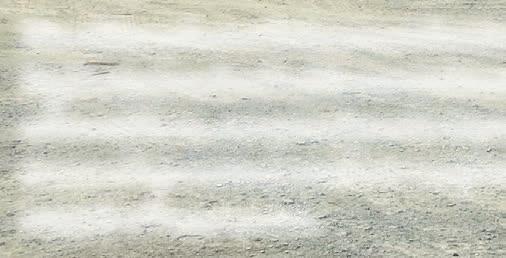

We o er a fast e cient service to the highest standard with our extensive eet of machines, our passionate experienced team of operators and our very own local
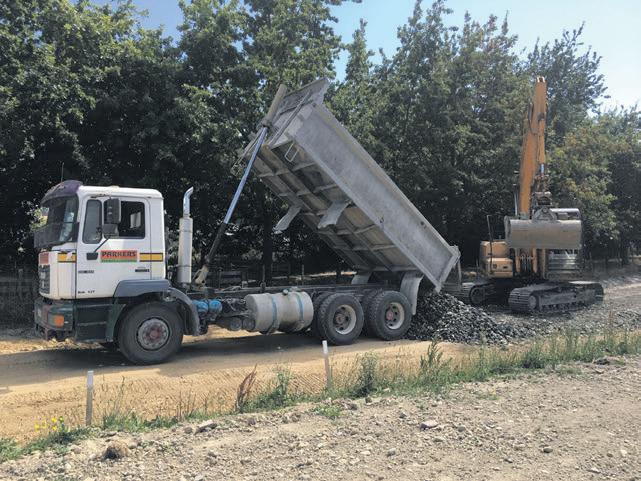
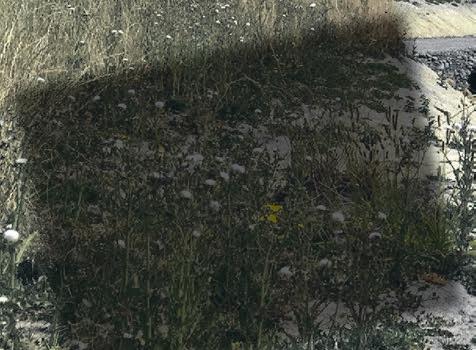
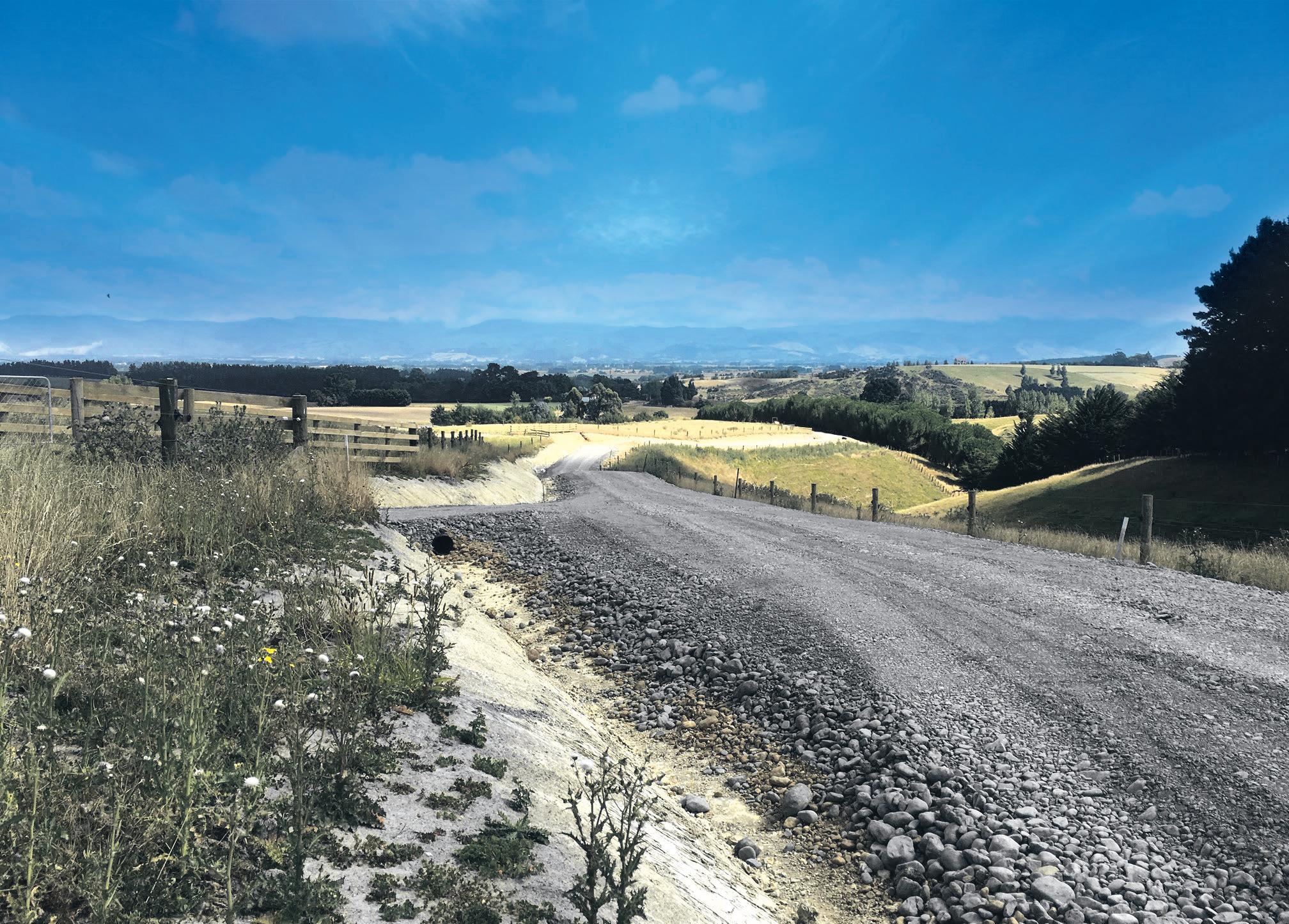

supply of aggregates.
WE PROVIDE THE FOLLOWING SERVICES:
New sub divisions New sub divisions Farm tracks and maintenance Building sites & site levelling Dam building Road construction & Forestry tracks maintenance River protection Drainage & maintenance Tree clearing Driveways Demolition
Farm tracks and maintenance
CALL TODAY TO BOOK YOUR JOB IN!




